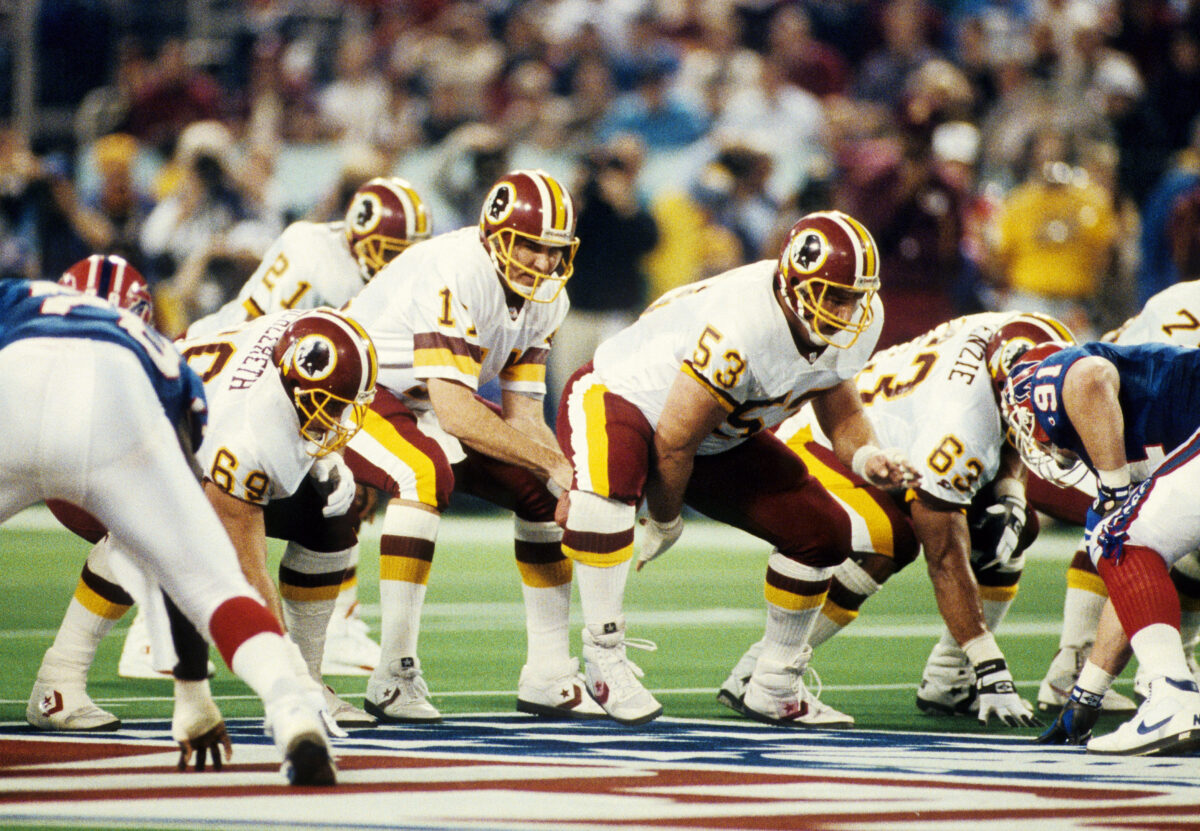Recently drafted Washington quarterback Jayden Daniels would probably enjoy learning about the quarterback leadership provided by Joe Theismann.
After only two regular season games in 1982, the NFL player’s strike began. The players vowed together to withhold their services and did for 57 days.
The then Redskins were 2-0, and Joe Theismann, Washington’s starting quarterback, rather than simply sit out on strike, had the foresight to call up teammates and arrange team workouts. Why wait until the strike concluded? “We wanted to be ready when it happened,” said Theismann.
Art Monk has stated that it was Theismann who was the leader, “who orchestrated everything” as the team would work out at local fields, unable to use their Redskins practice facility.
“When the season started back up, we just kept rolling, and it was because of Joe’s leadership,” recalled then Redskins kicker Mark Moseley. “I think that is when the players really started to rally around Joe as their leader, the catalyst who was going to take us to where we were going.”
Where they were going was an 8-1 regular season, an NFC championship with playoff wins over the Lions, Vikings, and Cowboys, and a Super Bowl XVII championship win over the Dolphins.
Theismann, with Washington beginning in the 1974 season, had not been an elite NFL quarterback. Nor had he been voted a Pro Bowler. But leading as he did in the 1982 season, he was a Pro Bowler and the unquestioned leader of the Super Bowl champs. The next season he was again a Pro Bowler, even more an All-Pro, and the Associated Press MVP of the NFC champion Redskins.
What does this have to do with Jayden Daniels?
Soon after Daniels was drafted, he told former Washington tight end Logan Paulsen he needed to work to get better. So many rookies are clueless, thinking that because they were successful in college, they will be successful in the NFL. Most of them have rarely thought about the fact that roughly 200 colleges play college football, and there are only 32 NFL teams.
Daniels really improved while at LSU, and it was not all because of his physical ability. Commanders fans will love to hear that John Keim reported following the draft that Daniels was on the plane already beginning his study of the Commanders’ playbook.
While at LSU, Daniels did not rely solely on his talent. He was a team leader, organizing some 5 a.m. workouts with players.
As Keim pointed out to Paulsen, other players who might not have wanted to, showed up as well, following Daniels’ leadership.
Paulsen responded, “I want my quarterback to have that ability to engage with his teammates.” Daniels admitted to Paulsen that it was not easy. Initially, there were, understandably, players who did not want to be there by 5 a.m., but Daniels had the ability to persuade them, leading them by example.
Paulsen is convinced that Daniels was drafted by Washington not only because he is a great runner but also because he is an accurate passer. Paulsen firmly believes Daniels was chosen because he was a leader at LSU.
Like Theismann, Daniels may have begun to learn that leaders don’t just give orders. No, leaders make the sacrifices to get out front and lead.
Who knows, perhaps he will have the opportunity to learn a thing or two about leadership from Theismann himself.

